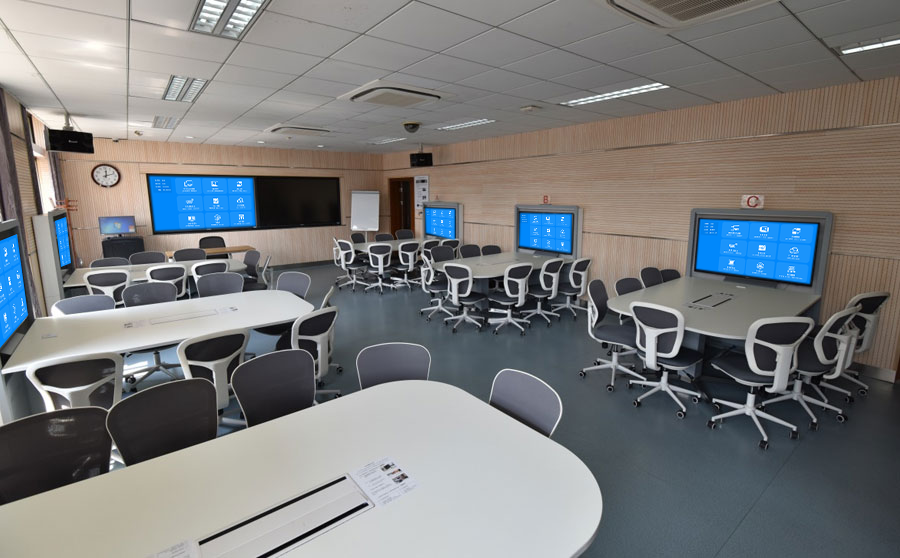Multi-Screen Interaction: Reconstructing the Flow of Classroom Information
As intelligent teaching devices become increasingly prevalent, multi-screen interaction is moving from concept to classroom practice—and screen mirroring devices have emerged as the core carrier for realizing this interactive model, enabling free flow of teaching information across different terminals.
Teacher Side: Teaching Freedom with Seamless Multi-Device Switching
In the past, teachers often had to switch frequently between computers, lesson plans, and blackboards, which disrupted their train of thought. Multi-screen interaction powered by screen mirroring devices breaks this limitation:
- Teachers can play courseware on a laptop while using a mobile phone to capture details of blackboard writing or students’ assignments and mirror them to the large screen.
- They can also add real-time annotations to key content via a tablet, with all operations synchronously displayed on the public screen.
For example, when analyzing classical Chinese in a language class, teachers can simultaneously display annotations from e-textbooks, mirror historical scene images from their mobile phones, and pull up vocabulary flashcards on a tablet. Multi-dimensional teaching content is organically integrated through multi-screen interaction, making the classroom rhythm more coherent.
Student Side: From Passive Reception to Active Presentation
Multi-screen interaction gives students more voice in the classroom:
- During math group exploration activities, each group uses a tablet to work through geometric proofs. Via screen mirroring devices, their problem-solving processes are synchronized to the classroom large screen. Other students can view the step-by-step evolution in real time on their own terminals and annotate points of confusion to share with the presenting group.
- In English speech classes, students can not only mirror their PPTs but also play pre-recorded audio clips and even integrate live dialogue videos shot on their mobile phones into the interactive interface. This makes expressions more vivid and classroom feedback more targeted.
Classroom Management: Efficient Control Through Multi-Terminal Collaboration
Multi-screen interaction is not just a simple connection of terminals—it enables refined teaching management:
- Teachers can use the management functions of screen mirroring devices to monitor the progress of each group’s operations in real time. For groups stuck on a problem, they can directly mirror problem-solving hints to their devices.
- During in-class quizzes, students’ answers are instantly aggregated to the large screen via multi-screen interaction, generating error statistics charts. Teachers can then provide immediate targeted explanations.
This model of “overall control + precise intervention” significantly boosts classroom efficiency.
From teachers’ instructional output to students’ presentation of achievements, and on to dynamic classroom management, multi-screen interaction supported by screen mirroring devices is breaking down terminal barriers. Every screen becomes an extension of teaching, reconstructing the logic of how information flows in the classroom.
